Home>Maintenance & Safety>Child & Elderly Safety at Home>How To Get A Toddler To Drink Milk From A Sippy Cup


Child & Elderly Safety at Home
How To Get A Toddler To Drink Milk From A Sippy Cup
Modified: February 17, 2024
Discover effective strategies for getting your toddler to drink milk from a sippy cup while ensuring child and elderly safety at home. Learn tips and tricks to make the transition smooth and stress-free.
(Many of the links in this article redirect to a specific reviewed product. Your purchase of these products through affiliate links helps to generate commission for Storables.com, at no extra cost. Learn more)
Introduction
Introducing toddlers to new habits can be a challenging yet rewarding experience for parents and caregivers. One common milestone that many parents encounter is transitioning their little ones from drinking milk from a bottle to a sippy cup. This transition is an important step in a toddler's development, as it promotes independence and helps them develop essential motor skills. However, getting a toddler to drink milk from a sippy cup can sometimes be met with resistance and reluctance.
Understanding the reasons behind a toddler's resistance to change and being patient throughout the process are crucial aspects of this transition. It's essential to approach this milestone with empathy and a positive mindset, as toddlers often pick up on the emotions and attitudes of those around them. By creating a supportive and encouraging environment, parents and caregivers can help make this transition smoother and more enjoyable for both the toddler and themselves.
In this article, we will explore effective strategies and tips for successfully introducing a toddler to drinking milk from a sippy cup. From choosing the right sippy cup to making milk more appealing, we will delve into practical advice that can make this transition a positive and seamless experience. By understanding the toddler's perspective, addressing their preferences, and fostering a sense of independence, parents and caregivers can navigate this milestone with confidence and patience. Let's embark on this journey of nurturing and guiding our little ones as they take their next steps towards growth and development.
Key Takeaways:
- Transitioning from a bottle to a sippy cup can be made easier by choosing the right sippy cup with safe materials, a comfortable spout, leak-proof features, and easy handling. This helps toddlers develop independence and confidence.
- Encouraging toddlers to drink milk from a sippy cup can be fun and effective by making milk more appealing with flavors, colorful cups, and involving them in the process. This fosters independence and a positive drinking experience.
Understanding the Toddler's Resistance
Toddlers are known for their strong wills and developing sense of independence. When it comes to transitioning from a bottle to a sippy cup, it's common for toddlers to exhibit resistance. Understanding the reasons behind this resistance is crucial in addressing the challenges and finding effective solutions.
One primary reason for a toddler's resistance to change is their attachment to familiarity. The bottle has been a source of comfort and nourishment for them, and the transition to a sippy cup represents a significant shift in their routine. This change can be unsettling for toddlers, leading to reluctance and refusal to adapt to the new drinking method.
Additionally, toddlers may be sensitive to changes in taste and texture. Milk from a sippy cup may taste different from that of a bottle, and the unfamiliarity of the new drinking vessel can contribute to their resistance. Furthermore, toddlers are naturally curious and may express their resistance as a way of asserting their autonomy and testing boundaries.
Understanding these aspects of a toddler's resistance is essential in approaching the transition with empathy and patience. Acknowledging their attachment to the bottle and being mindful of their sensitivity to change can help parents and caregivers navigate this phase more effectively. By recognizing and respecting a toddler's emotions and preferences, adults can create a supportive environment that encourages a smoother transition.
In the next sections, we will explore practical strategies for choosing the right sippy cup, making milk more appealing, and encouraging independence. By addressing the toddler's resistance with empathy and understanding, parents and caregivers can guide their little ones through this developmental milestone with patience and positivity.
Choosing the Right Sippy Cup
Selecting the right sippy cup is a crucial step in facilitating the transition from a bottle to a more independent drinking method for toddlers. With a myriad of options available in the market, it's essential to consider certain factors to ensure that the chosen sippy cup meets the specific needs and preferences of the toddler.
Consider the Material
When choosing a sippy cup, the material it's made of plays a significant role. Opting for BPA-free, non-toxic materials is paramount to ensure the safety and well-being of the toddler. Materials such as silicone, stainless steel, or BPA-free plastic are popular choices, offering durability and safety for daily use.
Spout Design
The design of the spout is another crucial aspect to consider. For toddlers who are transitioning from a bottle, a soft, silicone spout that mimics the texture of a nipple can provide a familiar sensation, easing the transition. Additionally, some sippy cups feature spouts with different flow rates, allowing parents to choose one that aligns with their toddler's drinking abilities.
Read more: How Long Is Milk Good For In A Sippy Cup?
Leak-Proof Features
Toddlers are often inquisitive and may tip or shake their sippy cups. Opting for a leak-proof design can minimize mess and spills, making the drinking experience more enjoyable for both the toddler and the caregiver. Look for sippy cups with secure lids and reliable sealing mechanisms to prevent leaks during daily use.
Size and Handling
Considering the size and handling of the sippy cup is essential to ensure that it is comfortable for the toddler to hold and drink from. Cups with handles or ergonomic designs can provide toddlers with a better grip, promoting independence and confidence as they navigate this new drinking method.
Ease of Cleaning
Sippy cups with detachable components and wide openings facilitate easy cleaning, ensuring that the drinking vessel remains hygienic and safe for the toddler. Dishwasher-safe options can also simplify the cleaning process for busy parents and caregivers, promoting convenience and practicality.
By carefully considering these factors and selecting a sippy cup that aligns with the toddler's needs and preferences, parents and caregivers can set the stage for a successful transition from a bottle to a sippy cup. The right sippy cup not only facilitates the development of essential motor skills but also promotes a sense of independence and confidence in the toddler as they embrace this new stage of growth and development.
Transitioning from Bottle to Sippy Cup
Transitioning a toddler from a bottle to a sippy cup is a significant developmental milestone that requires patience, understanding, and strategic guidance. This process marks a crucial step towards promoting independence and developing essential motor skills in toddlers. By approaching this transition with empathy and practical strategies, parents and caregivers can help their little ones embrace this new drinking method with confidence and enthusiasm.
One effective approach to facilitate the transition is to gradually introduce the sippy cup alongside the bottle. This gradual introduction allows the toddler to familiarize themselves with the new drinking vessel while maintaining the comfort of their familiar bottle. Starting with offering water in the sippy cup during meal times or playtime can pique the toddler's curiosity and encourage them to explore this new experience at their own pace.
As the toddler becomes more accustomed to the sippy cup, parents can gradually replace bottle feedings with sippy cup feedings for specific times of the day. For example, offering the sippy cup during snack times or before naptime can create positive associations with the new drinking method. This gradual transition helps toddlers adjust to the sippy cup while minimizing resistance and discomfort associated with abrupt changes to their routine.
Consistency is key during this transition phase. Maintaining a consistent schedule for sippy cup introductions and gradually reducing bottle feedings can help toddlers adapt to the new drinking method more effectively. Additionally, offering encouragement and praise when the toddler uses the sippy cup can reinforce positive behavior and create a sense of achievement, further motivating them to embrace this new milestone.
It's important to be mindful of the toddler's cues and responses throughout the transition. Some toddlers may readily embrace the sippy cup, while others may exhibit resistance or hesitation. Understanding and respecting the toddler's individual pace and preferences is essential in navigating this transition with patience and empathy. By observing their reactions and adjusting the transition process accordingly, parents and caregivers can support the toddler's journey towards independent drinking with sensitivity and understanding.
By gradually introducing the sippy cup, maintaining consistency, and being attuned to the toddler's cues, parents and caregivers can guide their little ones through a smooth and successful transition from the bottle to the sippy cup. This process not only fosters independence and essential motor skills but also strengthens the bond between the toddler and their caregivers as they navigate this significant developmental milestone together.
Read more: How To Get A Baby To Use A Sippy Cup
Making Milk More Appealing
Making milk more appealing to toddlers can significantly influence their willingness to drink from a sippy cup. Toddlers are naturally drawn to flavors and textures that resonate with their preferences, and incorporating creativity and thoughtful approaches can make the transition to a sippy cup more enjoyable for them.
One effective way to make milk more appealing is by offering flavored milk options. Adding a hint of natural flavor, such as a small amount of unsweetened fruit juice or a dash of vanilla extract, can enhance the taste of milk and make it more enticing for toddlers. It's important to ensure that the added flavors are minimal and free from excessive sugars or artificial additives, prioritizing the nutritional value of the milk.
Another approach is to present milk in visually appealing ways. Using colorful and fun sippy cups or adding colorful, reusable straws can capture a toddler's attention and make the drinking experience more engaging. Additionally, incorporating playful elements, such as using animal-shaped ice cubes or creating milk "smoothies" by blending in a small amount of fresh fruit, can add an element of excitement to the milk-drinking routine.
Temperature also plays a crucial role in making milk appealing to toddlers. Offering milk at a temperature that aligns with the toddler's preferences, whether it's slightly chilled or at room temperature, can enhance their enjoyment of the beverage. Ensuring that the milk is served in a manner that is comfortable and pleasing to the toddler's senses can positively influence their receptiveness to drinking from a sippy cup.
Furthermore, involving toddlers in the preparation process can foster a sense of ownership and excitement. Allowing them to choose their sippy cup or participate in simple milk-preparation activities, such as stirring the milk or adding a straw, can empower them and create a positive association with the milk-drinking experience.
By incorporating these strategies and being attuned to the toddler's preferences, parents and caregivers can make milk more appealing and increase the likelihood of successful sippy cup usage. Creating a positive and enjoyable milk-drinking experience not only supports the transition from a bottle to a sippy cup but also nurtures a healthy relationship between toddlers and nutritious beverages.
Encouraging Independence
Encouraging independence in toddlers is a pivotal aspect of their overall development, and the transition from a bottle to a sippy cup presents an opportune moment to foster this essential trait. By empowering toddlers to take an active role in their drinking routine, parents and caregivers can instill a sense of autonomy and confidence in their little ones.
One effective way to encourage independence is by involving toddlers in the sippy cup selection process. Offering them a choice between different sippy cup designs or colors can provide a sense of ownership and autonomy. By allowing toddlers to participate in selecting their preferred sippy cup, parents and caregivers convey the message that their preferences and decisions are valued, fostering a positive sense of independence.
Additionally, providing toddlers with opportunities to self-feed and self-regulate their milk intake can promote independence during mealtimes. Encouraging toddlers to hold and drink from their sippy cup independently, with minimal assistance, allows them to develop essential motor skills and a sense of self-sufficiency. While initial guidance may be necessary, gradually allowing toddlers to take charge of their sippy cup reinforces their growing independence and capabilities.
Creating a designated space for the sippy cup within the toddler's reach can further support their independence. Placing the sippy cup within a reachable distance encourages toddlers to proactively access their drink when needed, promoting a sense of self-reliance. This simple adjustment empowers toddlers to take initiative and reinforces their ability to fulfill their own hydration needs.
Furthermore, offering praise and positive reinforcement when toddlers successfully use their sippy cup independently can bolster their confidence and motivation. Celebrating their achievements, no matter how small, communicates encouragement and validation, reinforcing their sense of independence and capability.
By actively encouraging independence throughout the transition from a bottle to a sippy cup, parents and caregivers lay the foundation for toddlers to embrace autonomy and self-reliance in various aspects of their lives. This nurturing approach not only supports the sippy cup transition but also contributes to the holistic development of toddlers as they navigate the journey towards greater independence and self-confidence.
Being Patient and Persistent
Transitioning a toddler from a bottle to a sippy cup requires a significant amount of patience and persistence from parents and caregivers. It's essential to approach this milestone with a deep understanding of the toddler's emotions and preferences, and to navigate the process with unwavering patience and consistent encouragement.
Patience is a fundamental virtue when guiding toddlers through changes in their routines. It's natural for toddlers to exhibit resistance, hesitation, or even frustration during the transition from a familiar bottle to a new sippy cup. Acknowledging and accepting these emotions with patience is crucial in creating a supportive and nurturing environment. By remaining calm and understanding, parents and caregivers can alleviate the toddler's anxieties and uncertainties, fostering a sense of security and trust.
Consistent persistence is equally vital in guiding toddlers through the sippy cup transition. While it's essential to be patient, it's equally important to maintain a consistent approach and gently encourage the use of the sippy cup. Offering the sippy cup at regular intervals, providing gentle reminders, and praising small steps of progress can reinforce the transition process. Persistence in gently steering the toddler towards embracing the sippy cup can gradually alleviate their resistance and instill confidence in this new drinking method.
It's important to recognize that every toddler progresses at their own pace, and the transition may take time. Some toddlers may readily embrace the sippy cup, while others may require more time and encouragement. By persistently offering the sippy cup and consistently reinforcing positive behavior, parents and caregivers can guide toddlers through this transition with unwavering support.
Moreover, maintaining a positive and encouraging attitude throughout the process is essential. Toddlers are highly perceptive and can pick up on the emotions and attitudes of those around them. By exuding positivity, patience, and persistence, parents and caregivers can create a reassuring and motivating atmosphere that empowers toddlers to navigate this transition with confidence.
In summary, being patient and persistent is integral to successfully guiding toddlers through the transition from a bottle to a sippy cup. By approaching the process with empathy, unwavering patience, and consistent encouragement, parents and caregivers can create a nurturing environment that supports the toddler's growth and development, fostering a positive and seamless transition to independent drinking.
Introduce the sippy cup with milk during meal times and offer it consistently. Let the toddler choose their favorite cup and be patient as they adjust to the new routine.
Conclusion
The transition from bottle to sippy cup marks a significant milestone in a toddler's development, encompassing elements of independence, motor skill refinement, and emotional adaptation. Throughout this journey, understanding the toddler's resistance, choosing the right sippy cup, making milk more appealing, encouraging independence, and maintaining patience and persistence are pivotal in guiding both the toddler and the caregiver through this transition.
By acknowledging and empathizing with the toddler's attachment to familiarity and sensitivity to change, parents and caregivers can approach the transition with patience and understanding. Selecting the right sippy cup, considering factors such as material, spout design, leak-proof features, size, handling, and ease of cleaning, sets the stage for a smooth and comfortable transition. Gradually introducing the sippy cup alongside the bottle, making milk more appealing through flavors, presentation, and temperature, and encouraging independence by involving the toddler in the process, all contribute to a positive and empowering transition experience.
The journey from bottle to sippy cup is not without its challenges, and it requires a delicate balance of patience and persistence. By maintaining a consistent and encouraging approach, parents and caregivers can navigate the transition with unwavering support, fostering a sense of security and trust in the toddler. Celebrating each small step of progress and providing gentle reminders further reinforces the transition process, empowering the toddler to embrace this new stage of growth and development.
In conclusion, the transition from bottle to sippy cup is a multifaceted journey that encompasses emotional, physical, and developmental aspects for both the toddler and the caregiver. By approaching this milestone with empathy, practical strategies, and a nurturing mindset, parents and caregivers can guide their little ones through this transition with patience, positivity, and unwavering support. Ultimately, this journey not only fosters independence and essential motor skills in toddlers but also strengthens the bond between the caregiver and the child, laying the foundation for a positive and empowering developmental experience.
Frequently Asked Questions about How To Get A Toddler To Drink Milk From A Sippy Cup
Was this page helpful?
At Storables.com, we guarantee accurate and reliable information. Our content, validated by Expert Board Contributors, is crafted following stringent Editorial Policies. We're committed to providing you with well-researched, expert-backed insights for all your informational needs.
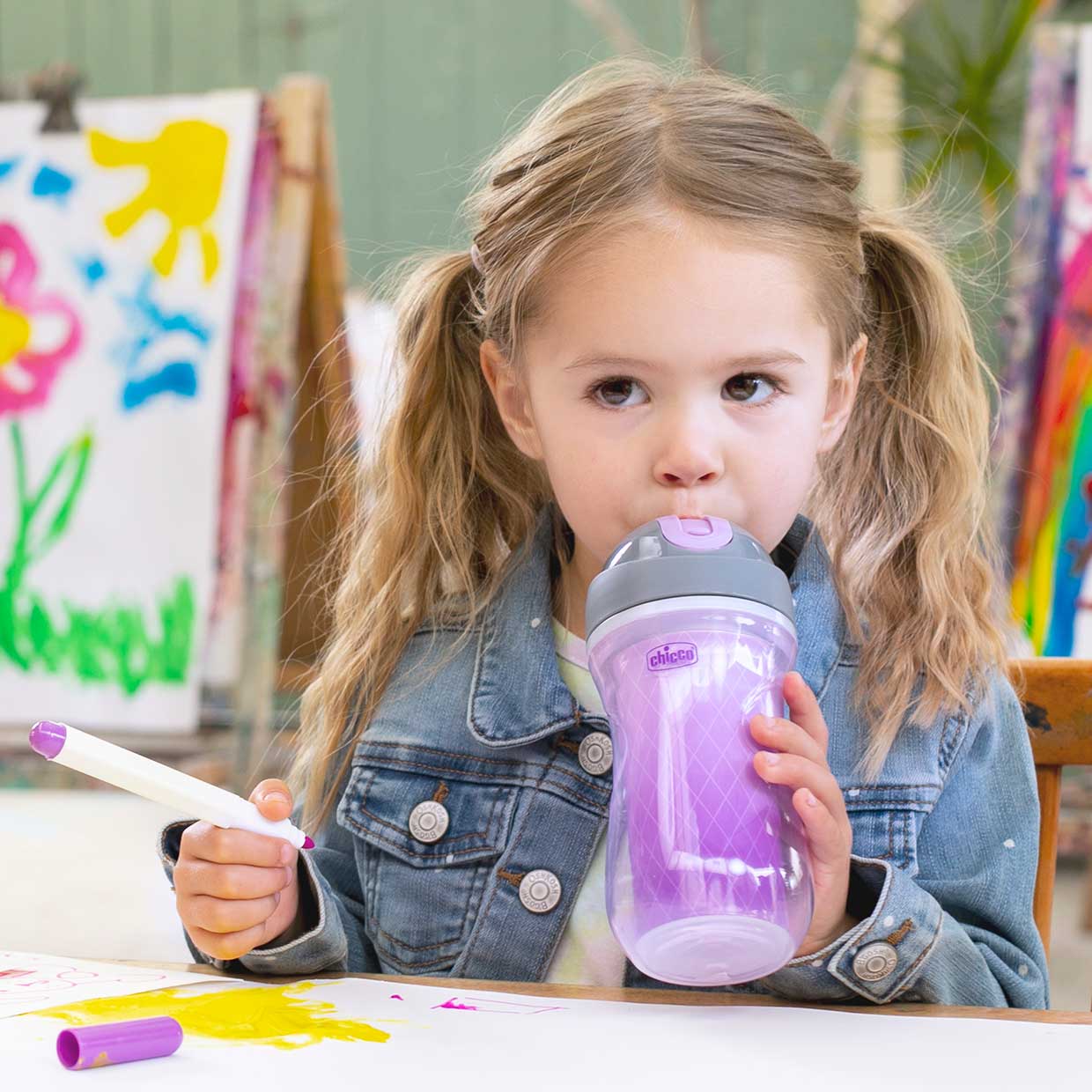
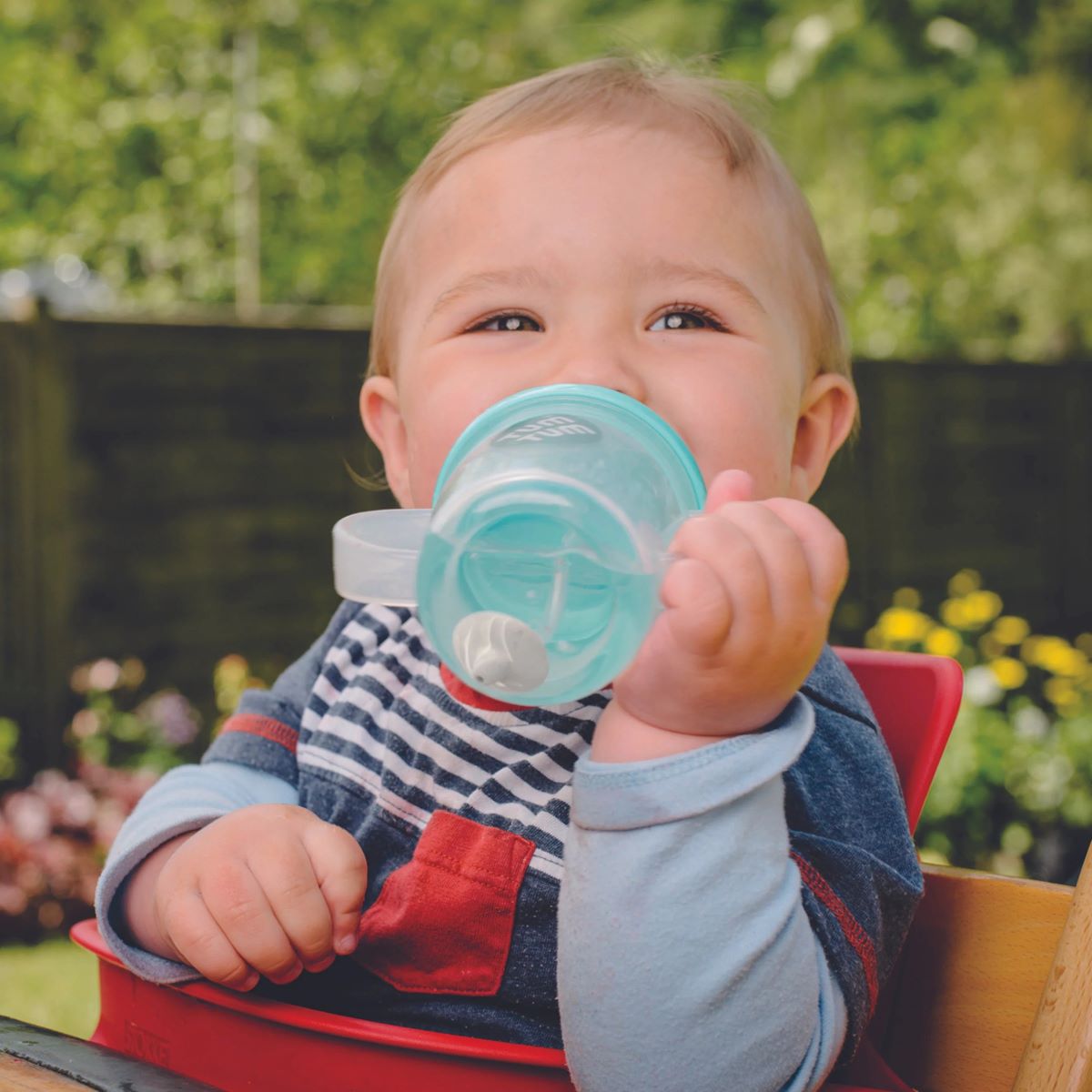
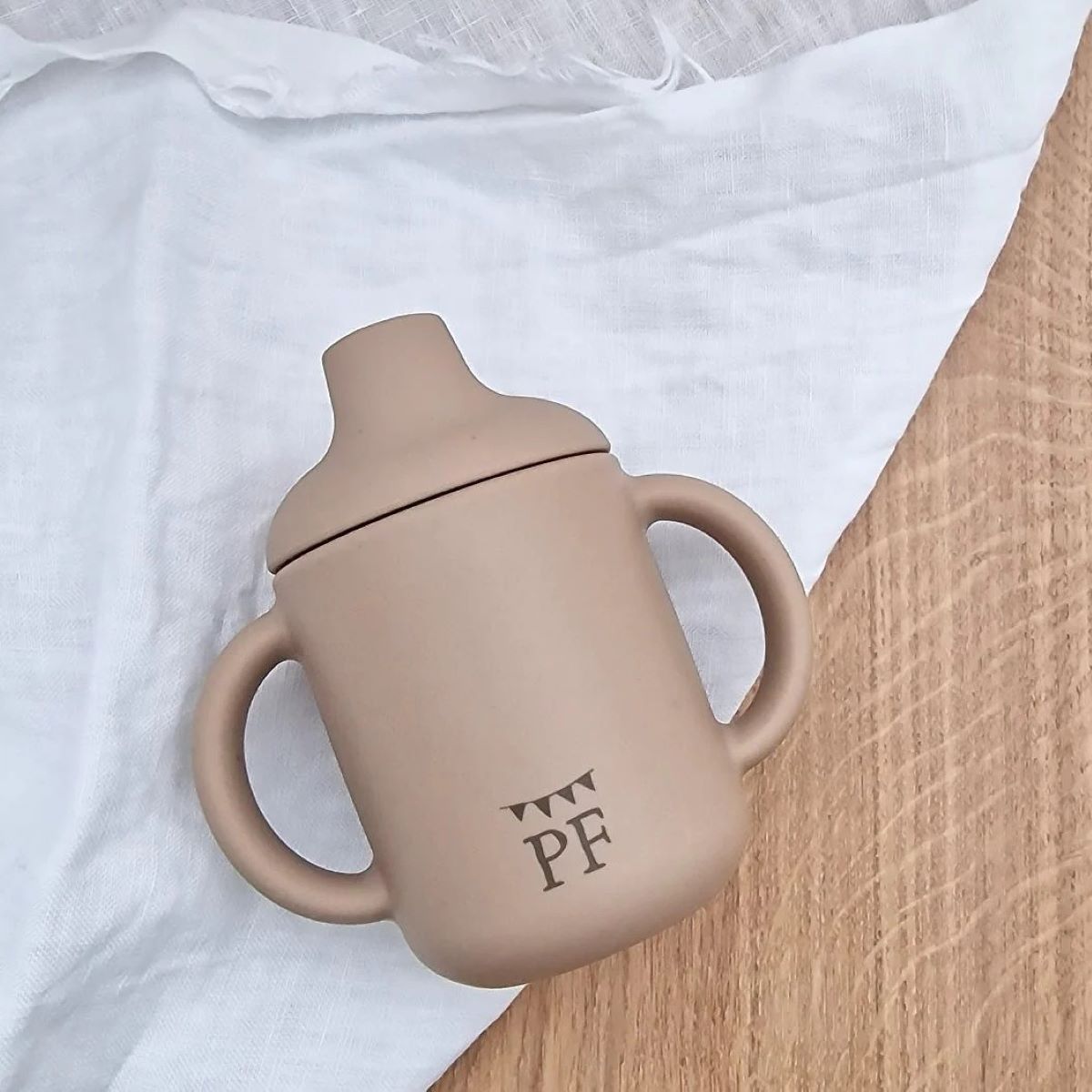
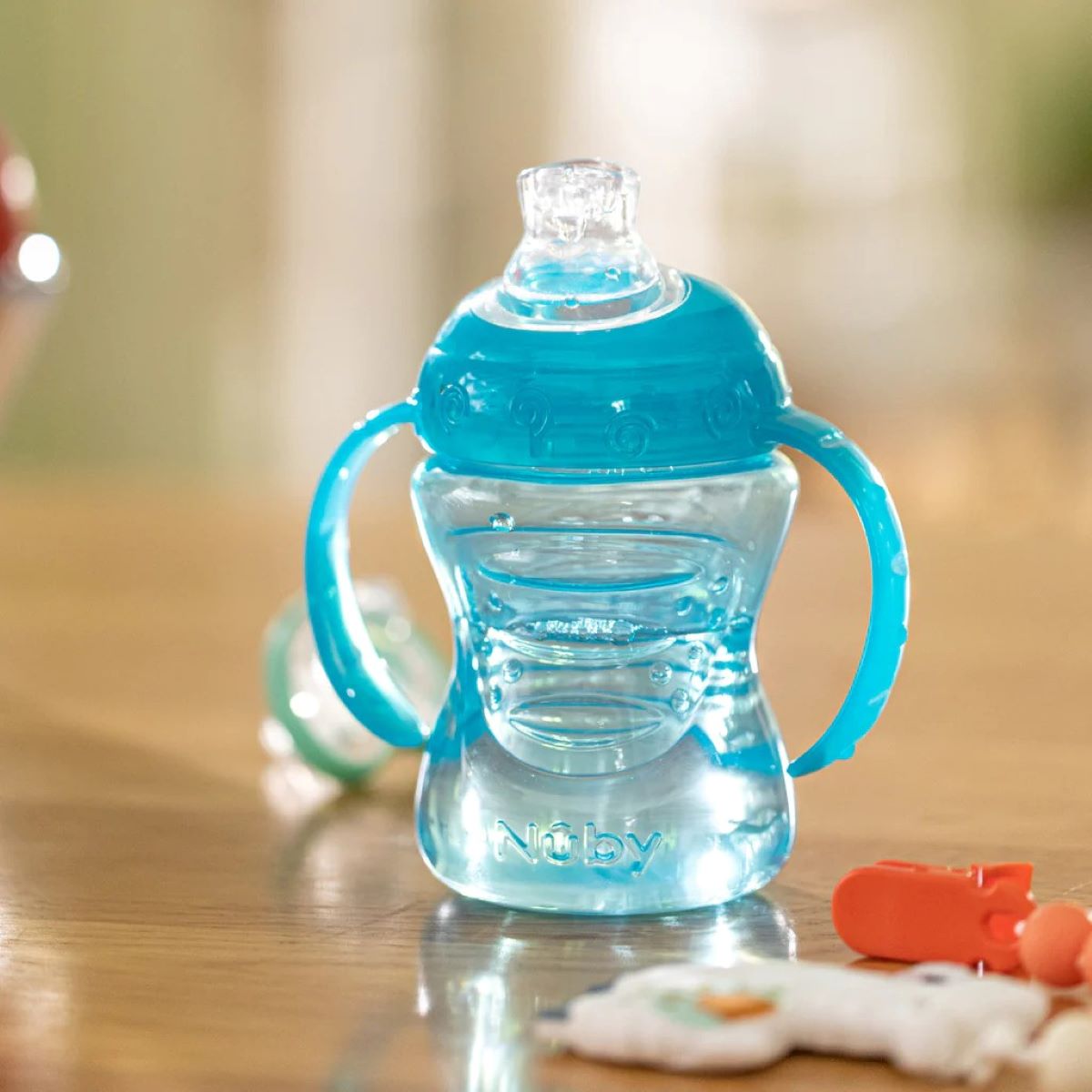
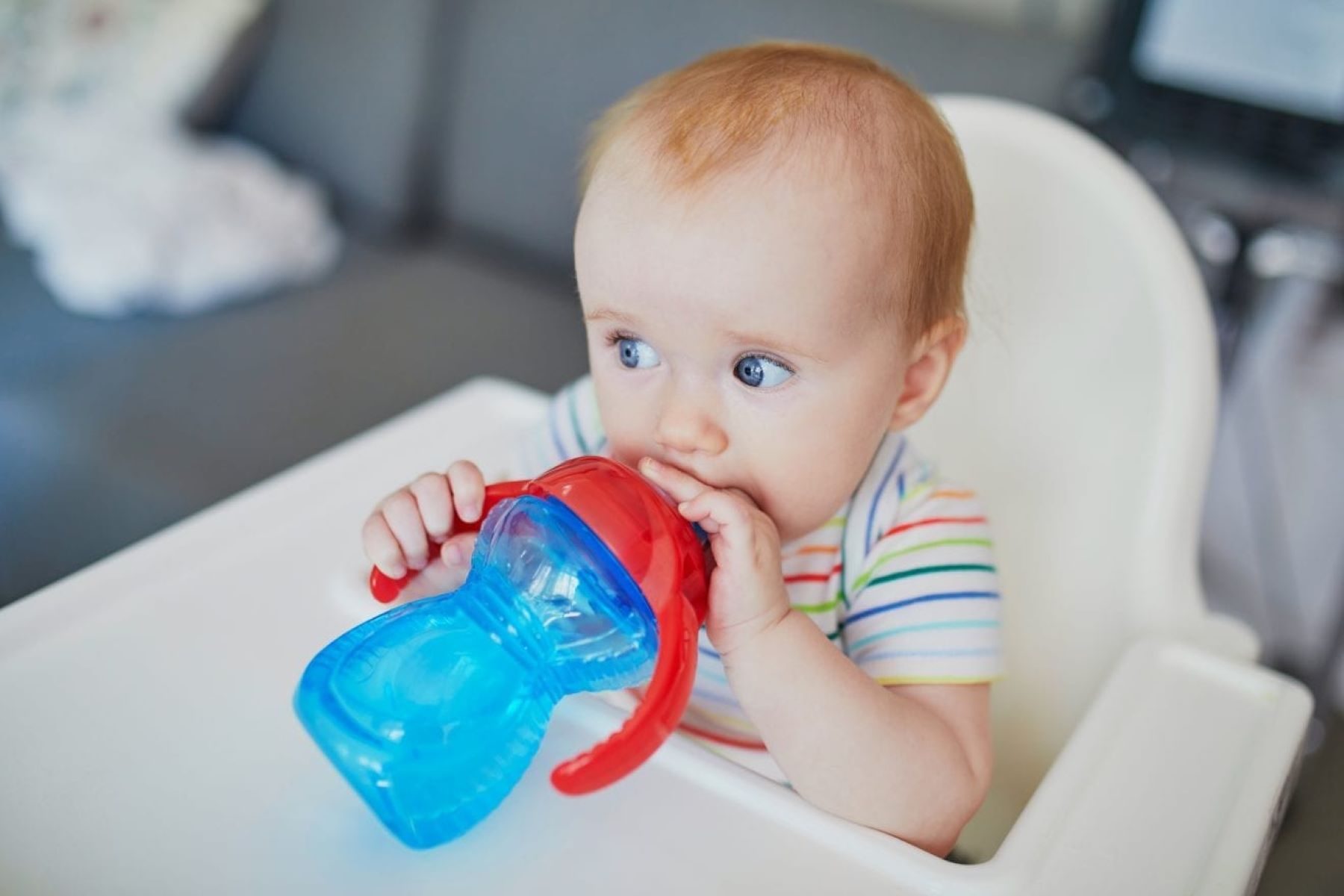
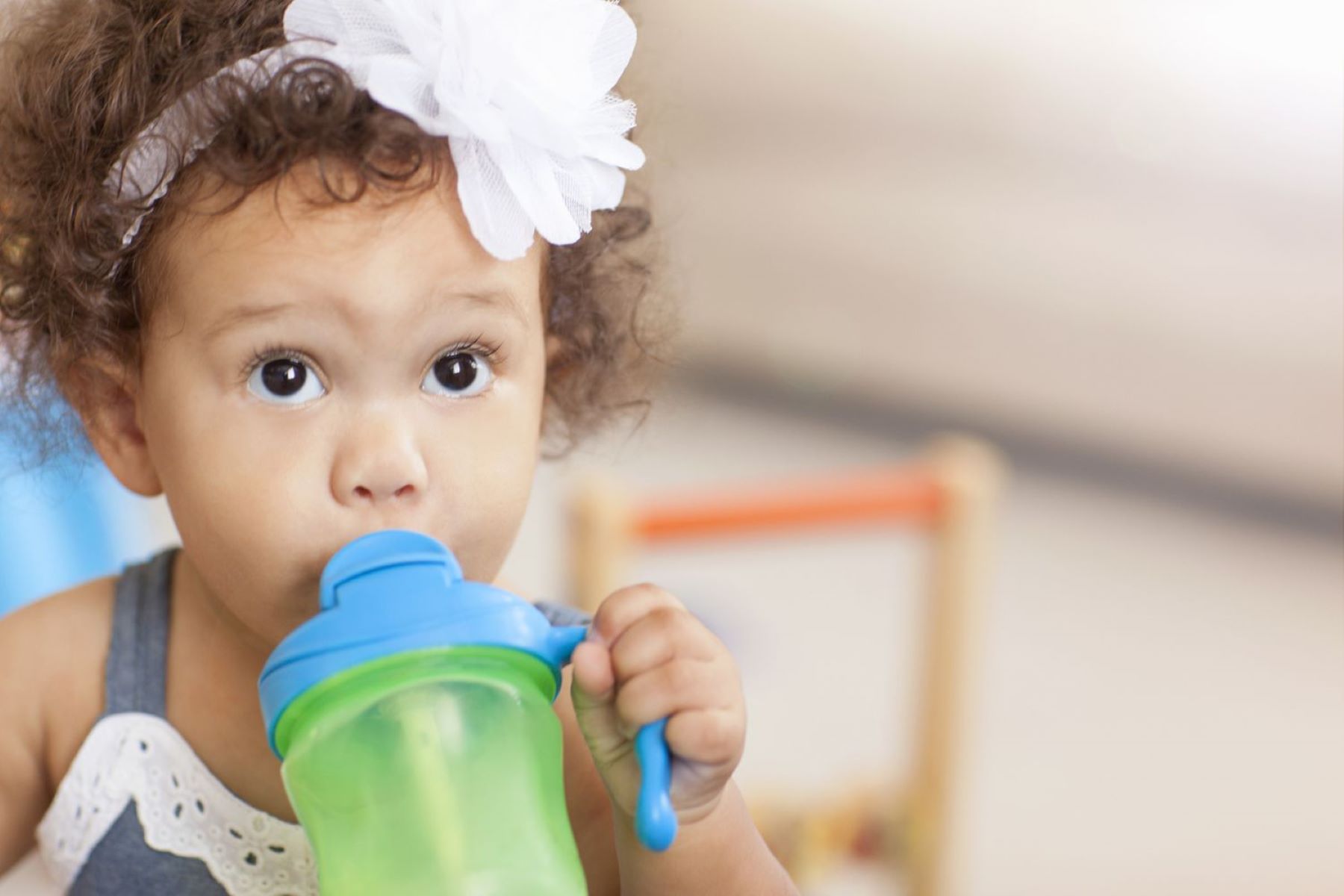
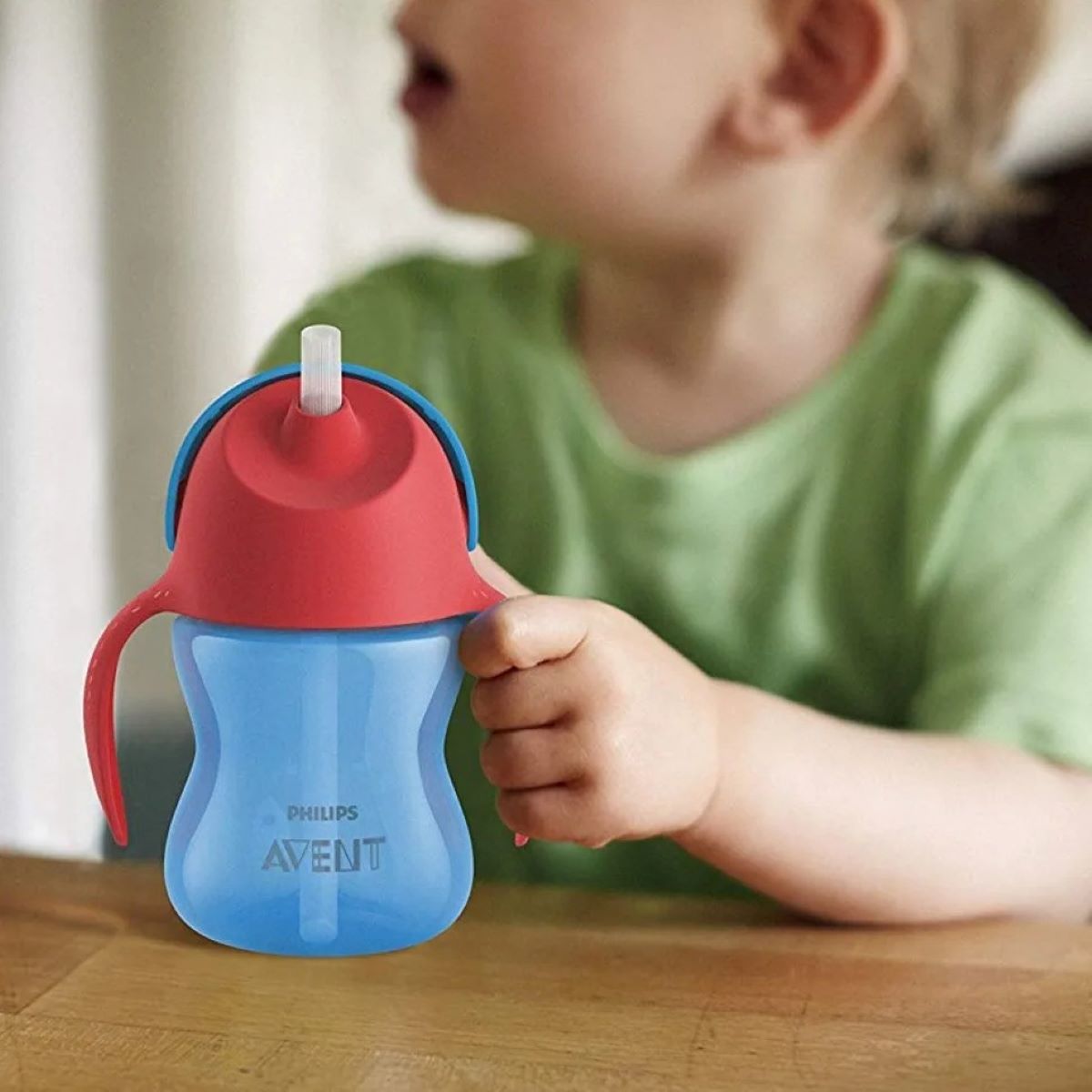
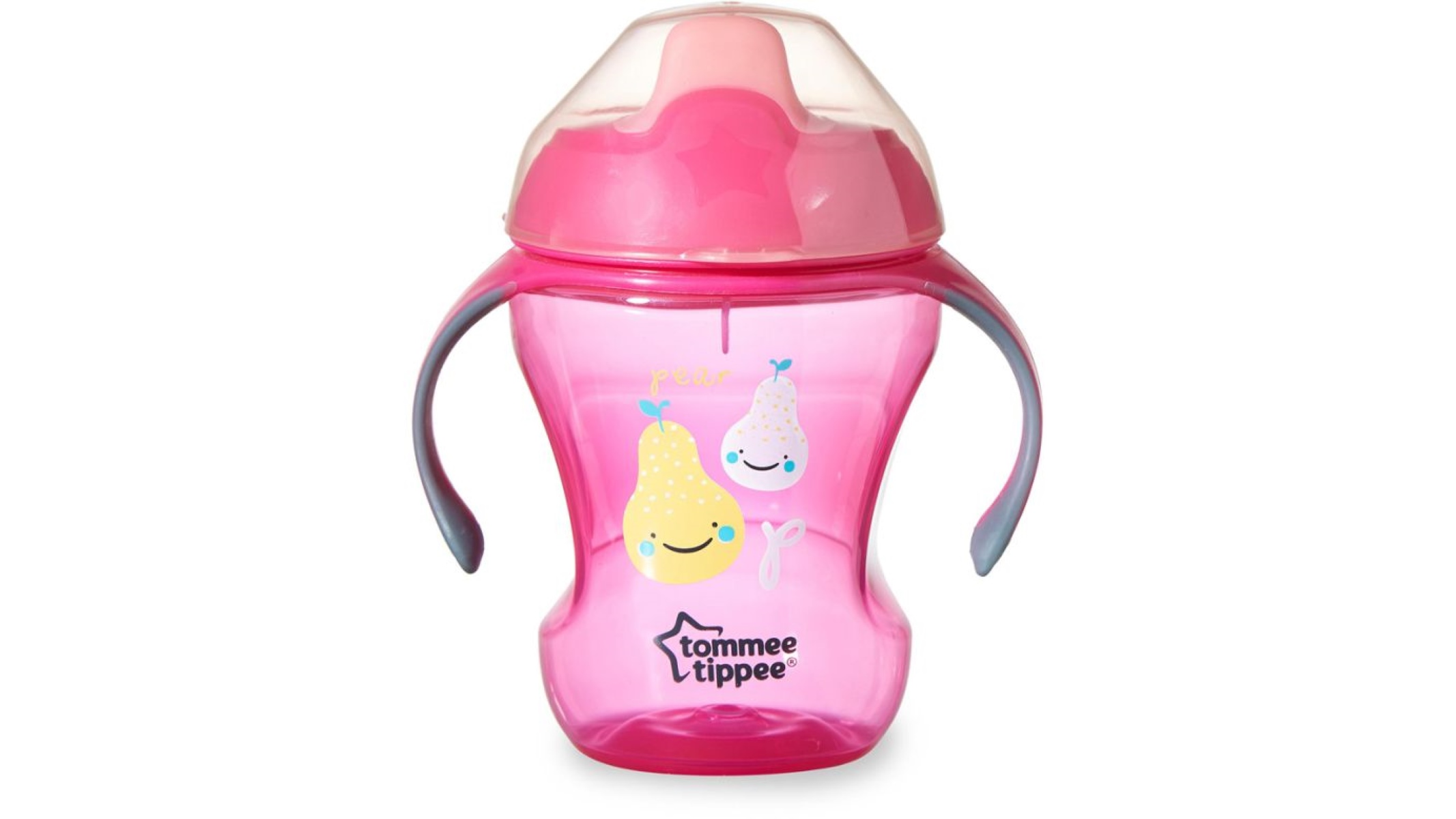
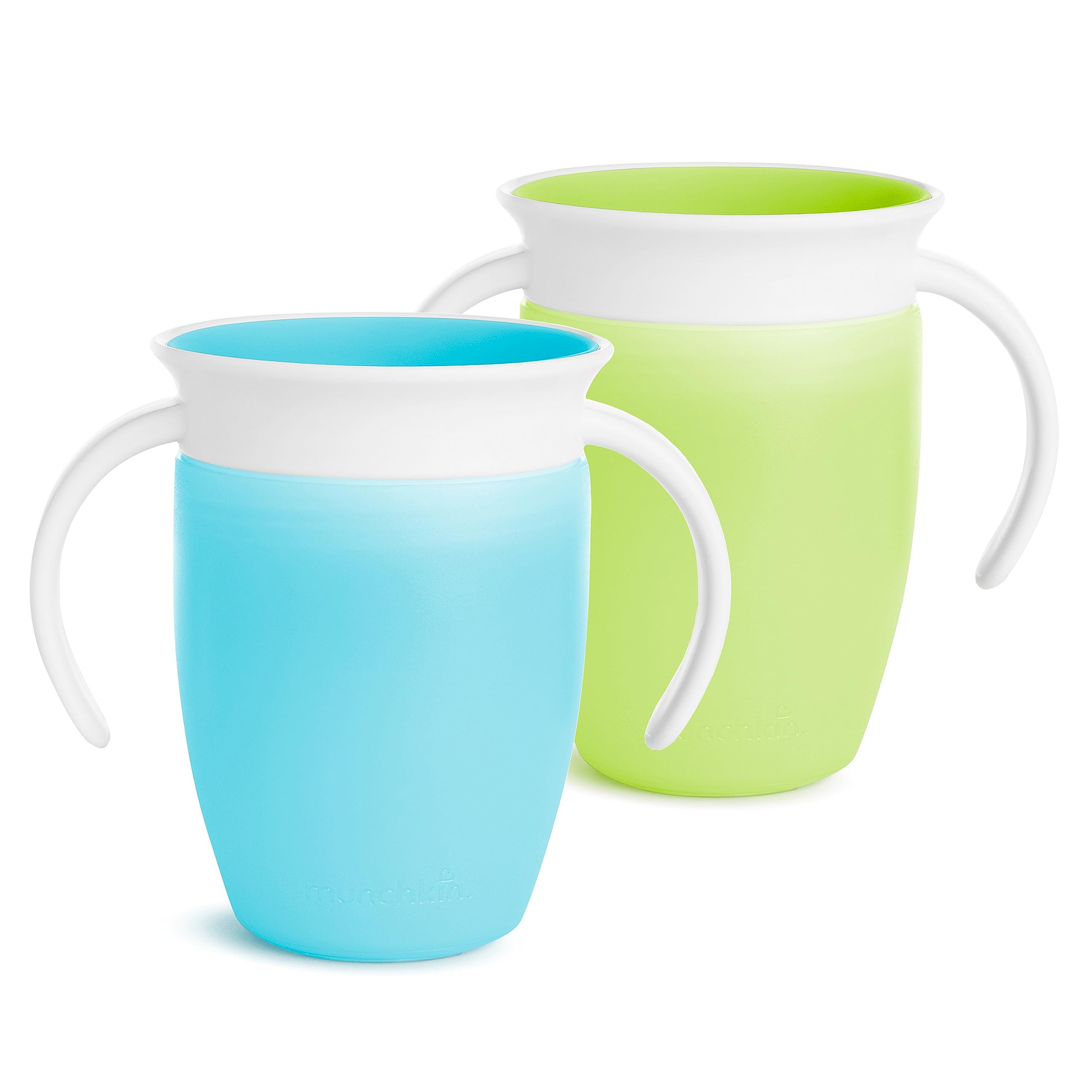
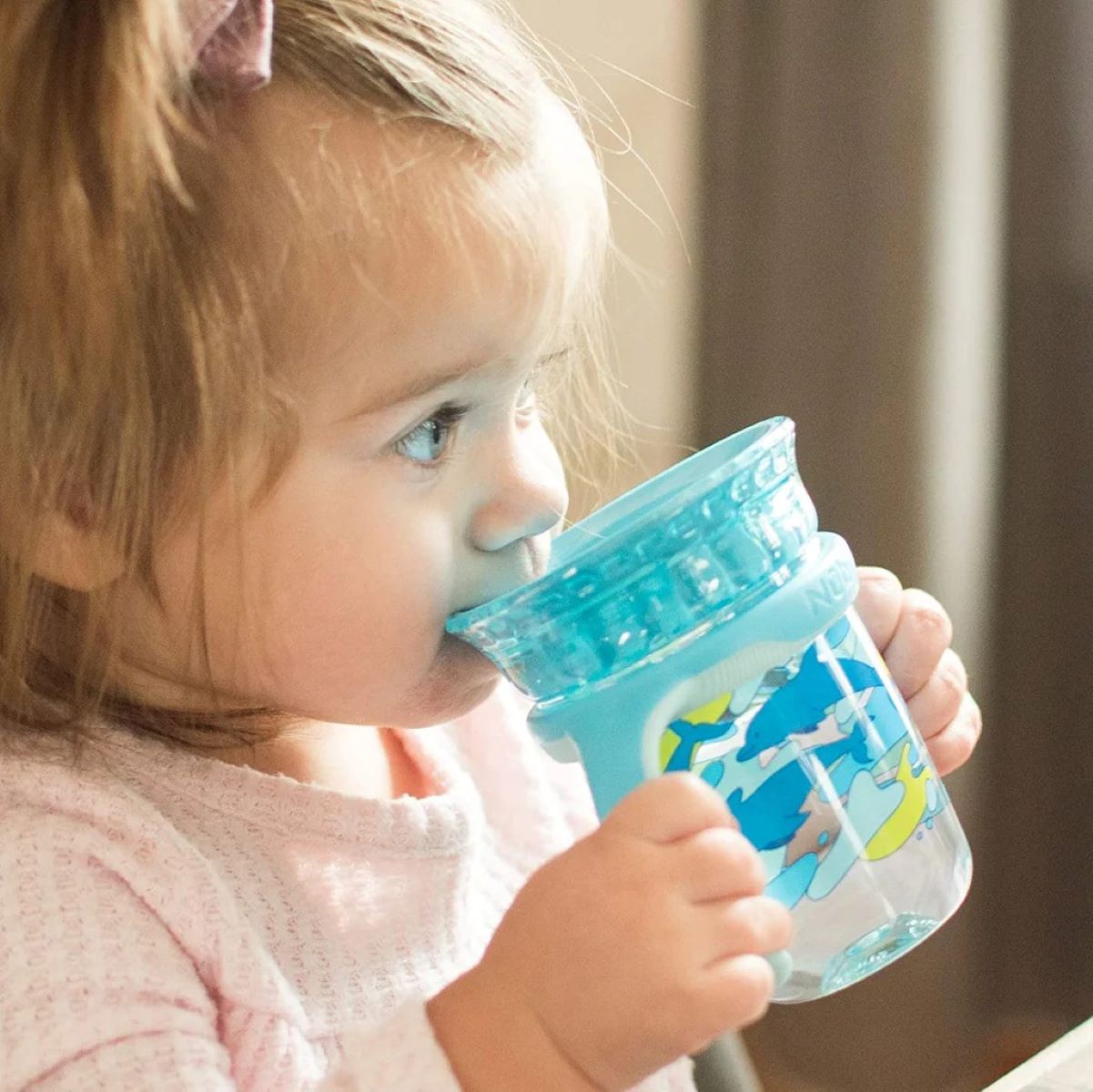
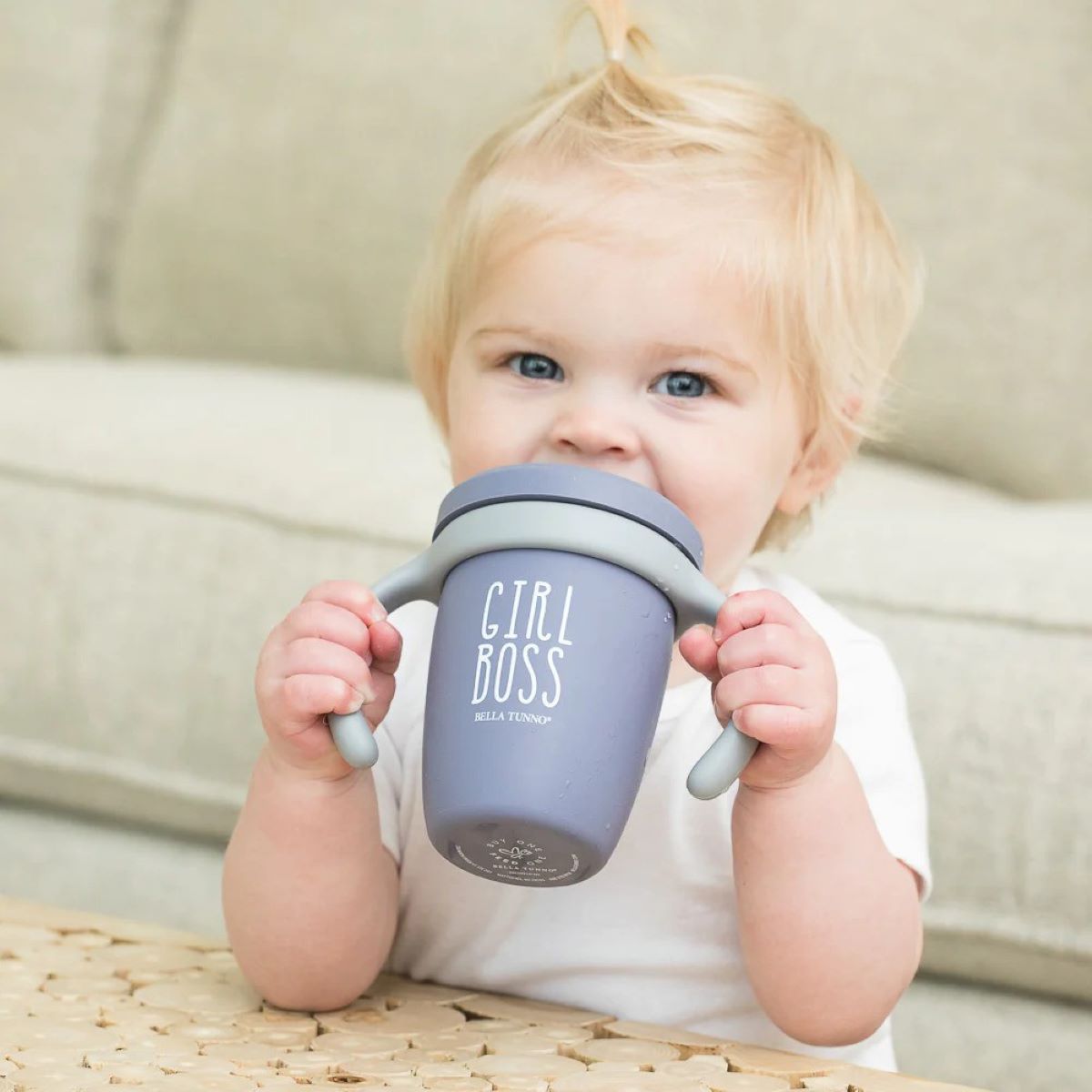
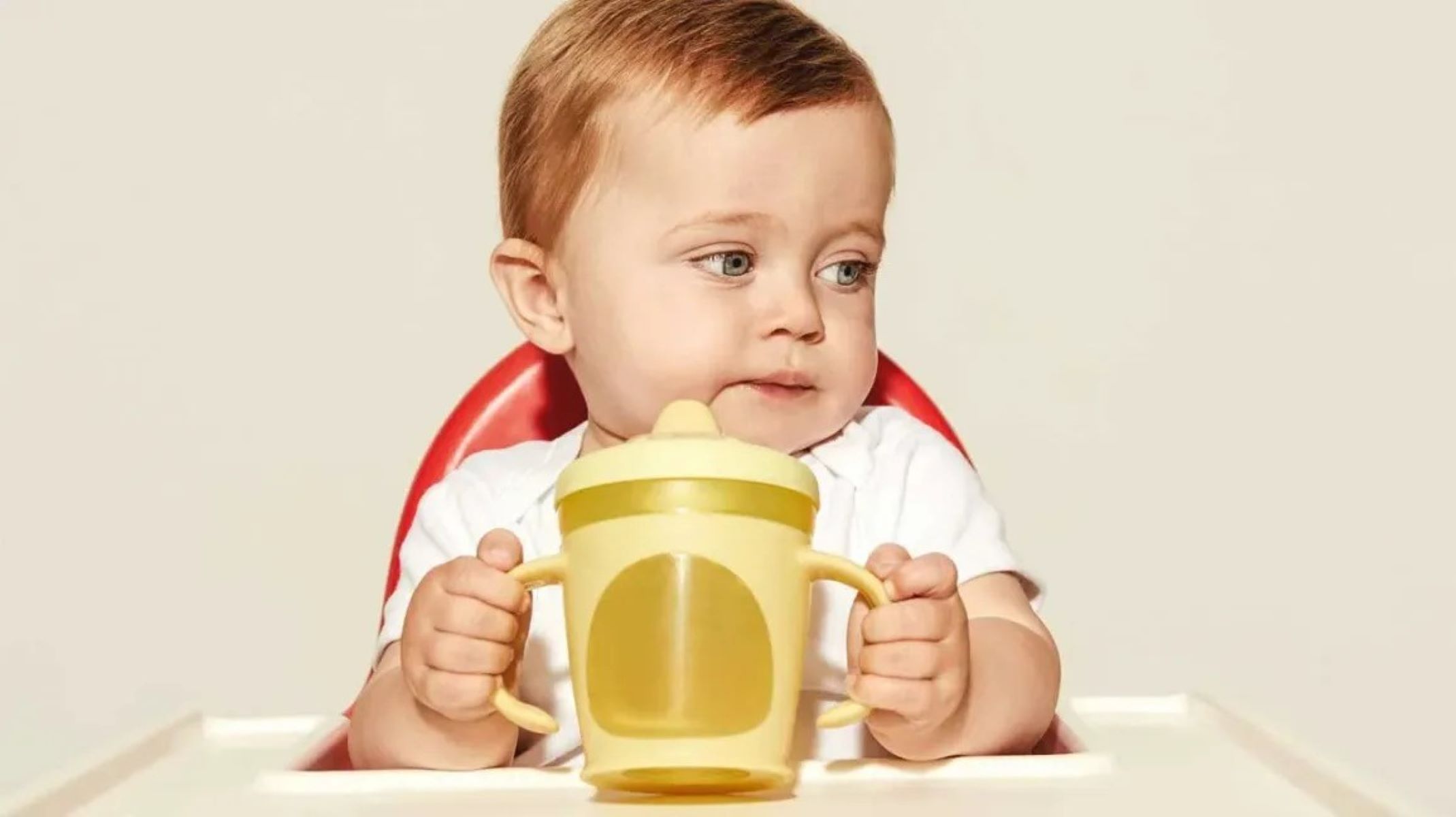
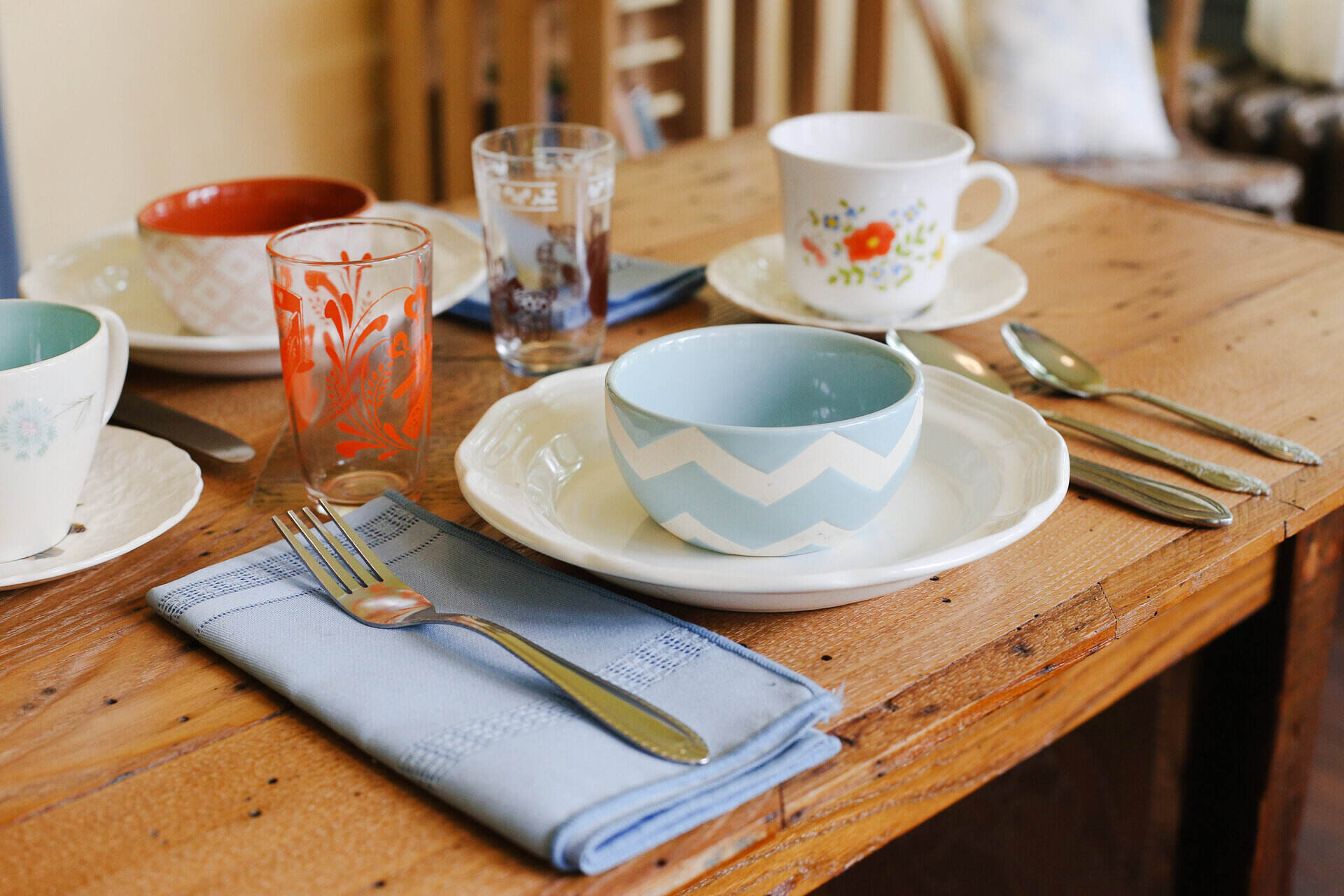

0 thoughts on “How To Get A Toddler To Drink Milk From A Sippy Cup”